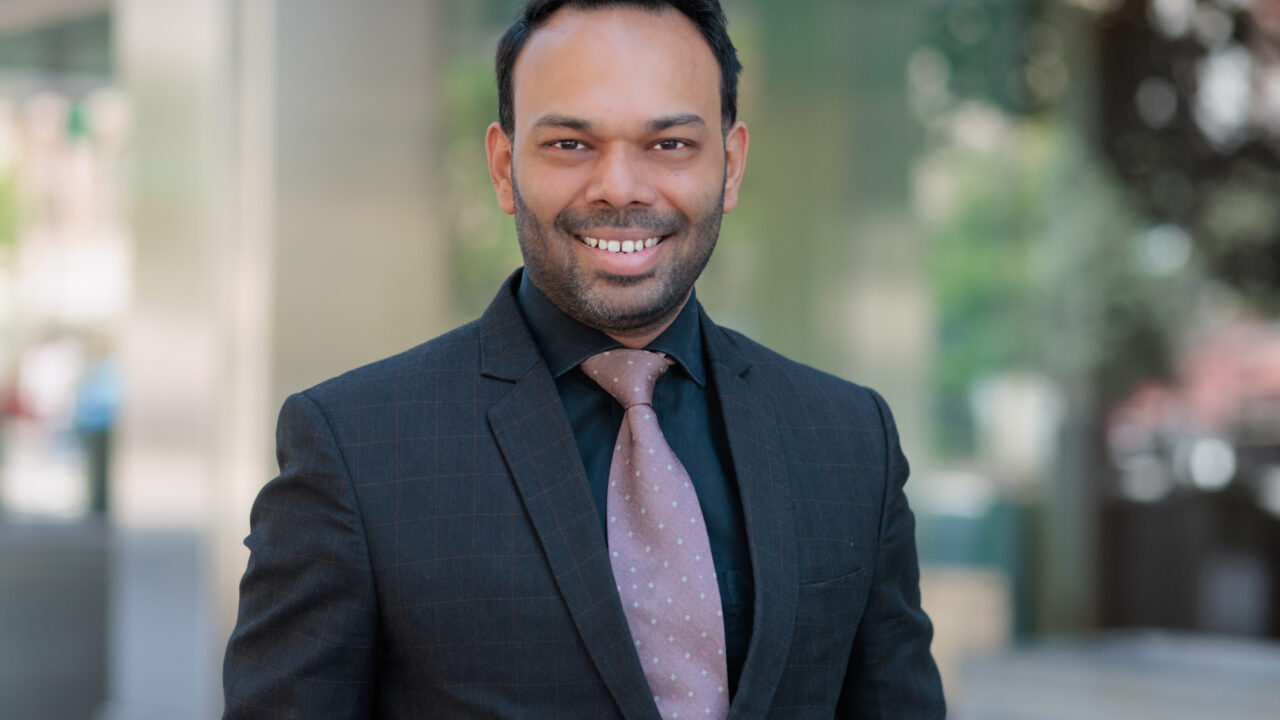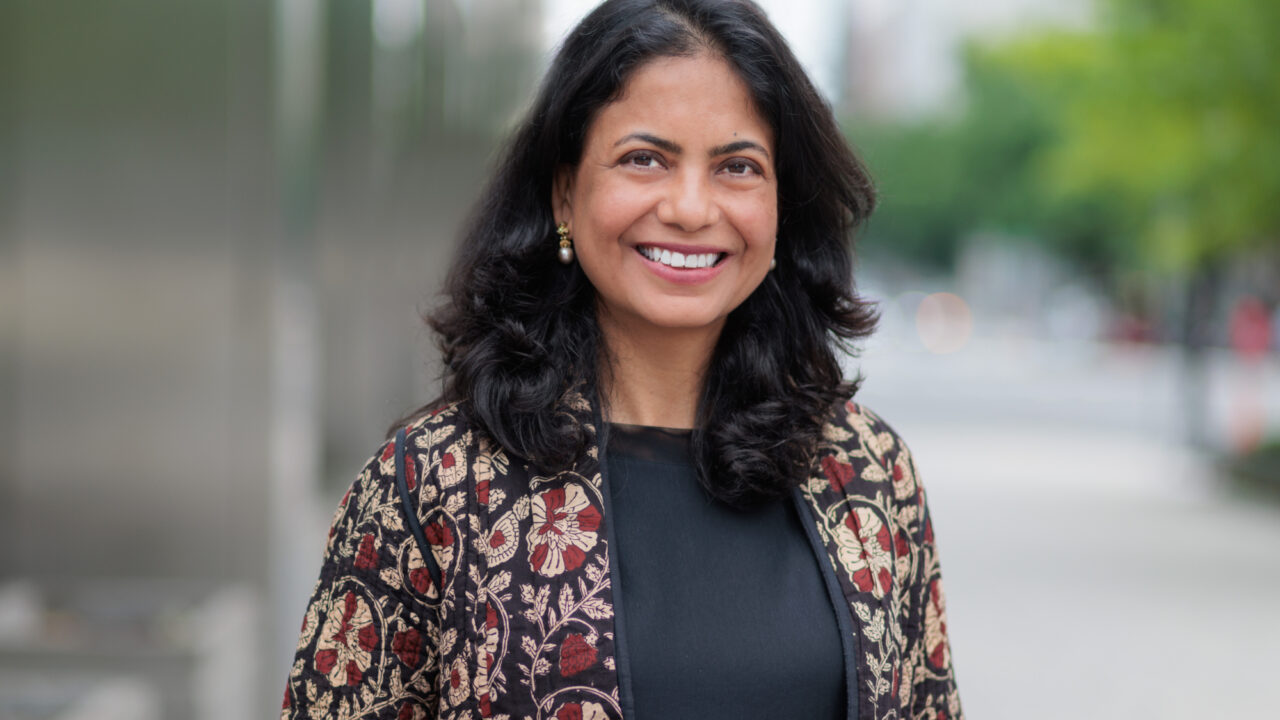As of 28 May, over 5.5 million cases of COVID-19, globally, have been reported to WHO. The African region has, by far, the lowest number of reported cases, at just under 90,000. However, it’s likely that a lack of testing is distorting our understanding of the virus’ spread. Kenya, for example, has only just reported its highest number of cases per day and this is due, in part, to an increase in testing.
Regardless, we know the African region faces a multitude of threats right now. Far from supplanting existing health, social, and economic issues, COVID-19 compounds them. Analyses of the Ebola outbreak suggest deaths caused by other diseases, as well as health system failures, outnumbered deaths from Ebola itself. COVID-19 may result in even greater collateral damage, with alarming projections around, for example, malaria resurgence, food shortages, and increased poverty and social unrest. Services that meet basic human needs – food, water, shelter, health care, education – are as crucial as ever.
Our Dispensers for Safe Water program provides access to safe water to help prevent child mortality from diarrheal disease, which claims the lives of an estimated 525,000 children under five every year. When we last shared our COVID-19 response in Africa, we had just completed the rapid delivery of 400,000 liters of chlorine, 46 tons of soap, as well as informational material and an assortment of hardware parts, to rural villages in Kenya, Uganda, and Malawi. This ensures our communities have uninterrupted access to safe water, even if logistical networks shut down.
In line with our values, we’re now ‘thinking big’ and ‘acting urgently’ to do more. Since early April, we’ve delivered 1,600 tons of soap for handwashing (equivalent to the weight of ~250 African bush elephants!), 34,000 liters of chlorine for disinfecting (enough to fill 3 cement mixers), and hygiene education to help over 4 million people (about the population of Los Angeles) protect themselves against COVID-19. More deliveries will take place over the next few weeks.
How have we been able to do this in such a short time? By leveraging the supply chain that underpins Dispensers for Safe Water. We purchase soap and chlorine from suppliers in major cities, and use a rented fleet of trucks to transport them to our field offices. From there, our ‘circuit riders’ strap boxes to their motorbikes and ride to villages, handing supplies to local volunteers – there are over 50,000 volunteers! – who then deliver them to households. In Kenya, this work has been made particularly difficult by the weather, with heavy rains creating hazardous road conditions.
Our volunteers, known as ‘promoters’, are critical to the Dispensers for Safe Water ‘last mile’. Elected by their communities to stock, maintain, and guide the use of their local dispenser, they’re now going above and beyond to distribute supplies, identify and regularly disinfect frequently touched surfaces, participate in training on COVID-19 symptoms and prevention strategies (such as good handwashing practices and social distancing), and share these messages with their communities.
We are immensely proud and grateful for the dedication and perseverance of the staff and volunteers undertaking this work. The endorsement of our government partners has also been invaluable: project launches were presided over by officials in Kenya and Malawi, and the Ugandan Ministry of Health has instructed District Health Officers to support our activities.
We have preliminary data, collected via phone surveys, that shows our work is paying off:
- Approximately 99% of households have received a bar of soap from a Dispensers for Safe Water promoter.
- Household knowledge of handwashing as a COVID-19 prevention strategy is 100%.
- Awareness of the symptoms of COVID-19 is almost universal, at 99-100%.
The proportion of promoters who’ve reported receiving stickers and flyers is far lower (ranging from 40-70%); we’re working with our field teams to understand why. It’s possible there’s an issue with how we ask the question, as the majority of households (60% in Kenya, 62% in Uganda, and 88% in Malawi) do report having seen stickers with handwashing messages on their local dispenser.
These achievements have inspired us to look at how we could use our Dispensers for Safe Water platform to support communities in other ways. At present, we’re exploring how we might partner with other organizations and leverage the platform to deliver other interventions (such as bednets and prophylactics to prevent malaria). We look forward to sharing our progress.
We are extremely grateful to the END Fund, the Waterloo Foundation, The Clorox Company, The Life You Can Save, and our other generous donors for their support of this work.



